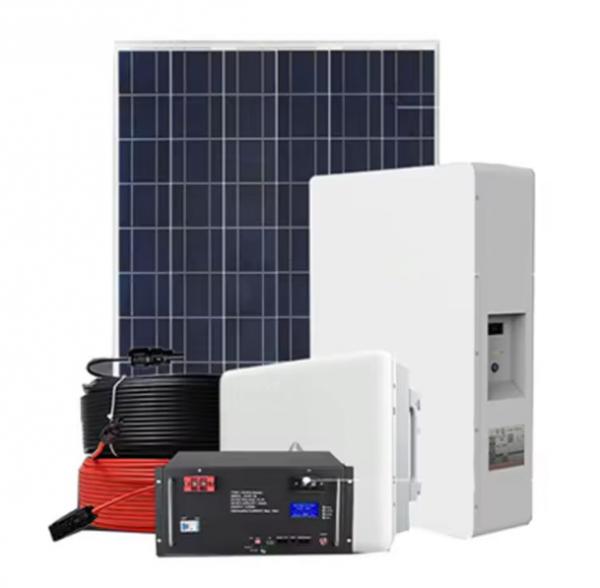
In a world increasingly focused on sustainability and energy efficiency, Home Energy Management Systems (HEMS) are becoming essential tools for homeowners. These advanced systems enable users to monitor and control their energy consumption, leading to significant savings and a reduced carbon footprint. With the integration of smart technologies, HEMS not only provide insights into energy usage but also allow for the automation of various household appliances, enhancing the overall efficiency of residential energy consumption.
HEMS typically consists of hardware and software components that work in tandem to collect data on energy use throughout the home. Smart meters, sensors, and connected devices gather real-time information regarding electricity consumption, which is then analyzed and displayed through mobile applications or web interfaces. Homeowners can track their consumption patterns, receive alerts on excessive usage, and get tips for improving energy efficiency. This data-driven approach empowers homeowners to make informed decisions about their energy usage while optimizing their overall comfort.
One of the critical roles of HEMS is to enhance energy efficiency in households. By offering insights into peak usage times and identifying energy-hogging appliances, homeowners can adjust their habits to save energy and reduce costs. For example, HEMS can suggest running large appliances during off-peak hours when energy rates are lower. Furthermore, many systems can be programmed to turn devices on or off automatically based on real-time data, ensuring that energy is conserved when it's not needed. This kind of automated control not only lowers energy bills but also contributes to a greener planet.
As more homeowners adopt renewable energy sources like solar panels, HEMS plays a crucial role in maximizing the benefits of these systems. By efficiently managing energy flow, homeowners can optimize their solar energy production and consumption, store surplus energy for later use, and even sell excess energy back to the grid. HEMS can also coordinate with battery storage systems to ensure that energy is used effectively, allowing homeowners to reduce their reliance on nonrenewable sources and enhance their sustainability efforts.
Beyond energy savings, HEMS can significantly improve the comfort and convenience of modern living. By facilitating the integration of smart home technologies, such as smart thermostats, lighting systems, and security devices, homeowners can customize their living environments to suit their preferences. For example, HEMS can automatically adjust the thermostat based on occupancy patterns, ensuring that each room is at the ideal temperature when needed. The ability to control home technologies remotely via smartphone applications also provides unparalleled convenience for homeowners on the go.
Looking ahead, the potential for HEMS is vast. As technology continues to advance, future HEMS will likely incorporate artificial intelligence and machine learning to provide even more tailored energy management strategies. For instance, these systems could predict energy needs based on historical data and weather forecasts or offer personalized recommendations for reducing energy consumption. The growth of the Internet of Things (IoT) will further enhance the capabilities of HEMS, allowing for seamless integration with an increasing number of smart devices and systems. This promising evolution will position HEMS not just as a tool for energy management, but as a pivotal component of smart homes.
In conclusion, Home Energy Management Systems are revolutionizing the way we interact with energy in our homes. By enhancing energy efficiency, integrating renewable sources, and improving comfort, HEMS are indispensable for homeowners looking to save money and contribute positively to the environment. As we continue to transition to greener energy solutions, embracing HEMS not only offers a practical pathway to sustainable living but also paves the way for a more energy-conscious future for communities worldwide.
Next:Home Energy Usage Survey and Energy-Saving Measures
Previous:Exploring the Various Types of Home Energy Management Systems